Peter Murtagh in Valle de Anton, Panama.
Having air freighted myself and the bike across the Darién Gap and explored some of Panama City and the canal (see Tip2Top.ie), I got out of the city after a few days and headed west — the short term goal being Costa Rica and then the rest of Central America but first, a place named Valle de Antón had been recommended to me.
There’s a touch of West Cork meets the Cotswolds meets Sarlat about El Valle, as it is known to locals. It has a bread club, for instance (fresh bakes every Saturday!), an artisan and vegetable market, and the town’s tourist website is in Spanish (obviously) but also English and German. It’s about 120 kilometers west of Panama City, and about 30 kms north off Highway 1, which is the PanAm. The town is essentially one main street with, on either side, some very nice homes. They are mostly set on an acre or more, single storey houses surrounded by mature trees and flowering hedges. They have a slight old money feel to them. Most appear to be uninhabited right now, and so I suspect many are second homes. Ambling about (actually getting lost trying to find somewhere else) I was struck how quiet the residential areas were, save for the sound of elderly gardeners sweeping up leaves.
Otherwise, El Valle is a fairly normal place. My hostel is named La Casa de Juan and I really like it. It’s just outside the town but within walking distance (or cycling if you prefer — they give you a bike for free). It’s also a bit hippy-ish but its clean, bright and cheerful and the people who run it are very relaxed and friendly. It’s also full, so full in fact that when I decided to stay a second night, my bunk had already been earmarked for someone else and so I had to vacate and put my tent up in the garden. . . along with several others. But that’s OK too.
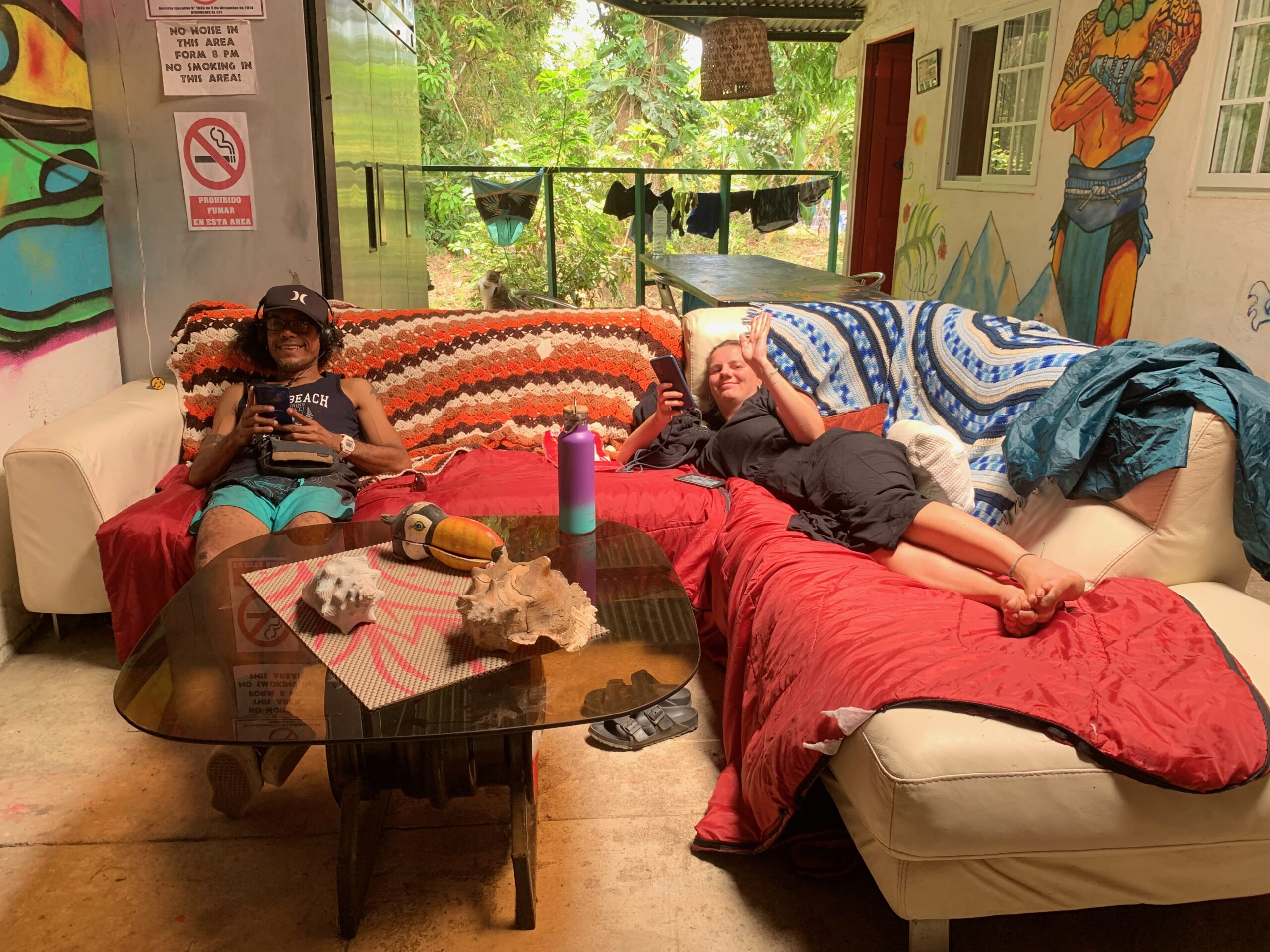
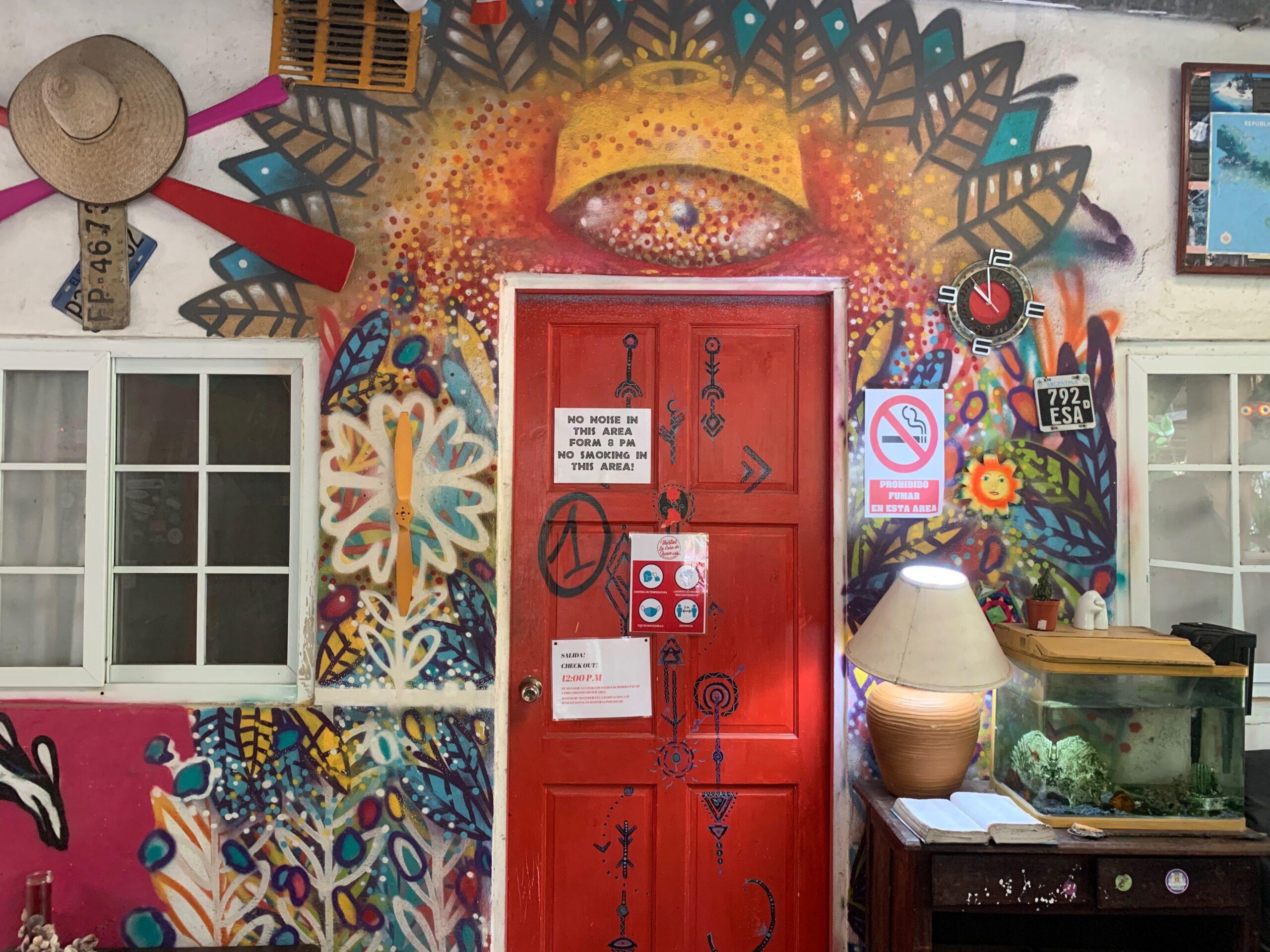
I got lost trying to find my way to the Sendero Cerro Gaital, the start of a trail up the mountain behind the town — hence my familiarity with the residential areas. El Valle is particularly interesting as a place because it is in the crater of an extinct volcano. It boasts that it is the second largest inhabited volcano crater in the world and I have no idea what the first is. But once you know this, the topography makes sense. The town is on a plain, which has a radius of six kilometers and is 300 meters above sea level. All around it, encircling it in fact, are the jagged peaks of mountains, — the broken crown of what must have been a huge volcanic mountain, which is believed by geologists to have blown its top just over a million years ago leaving behind the encircling castellated edge of its former crater.
Having got lost, I hailed a taxi and got to the trailhead after quite the ride over a gravel road. The trail was actually closed because a visitor had fallen off a cliff path and been seriously injured a few days ago but no one was paying any attention to that; you just walk around the locked gate and immediately, you are engulfed by jungle. While the path is good and clear, the place still has a wild jungle feel to it and sort of swallows you up very quickly once you start walking.
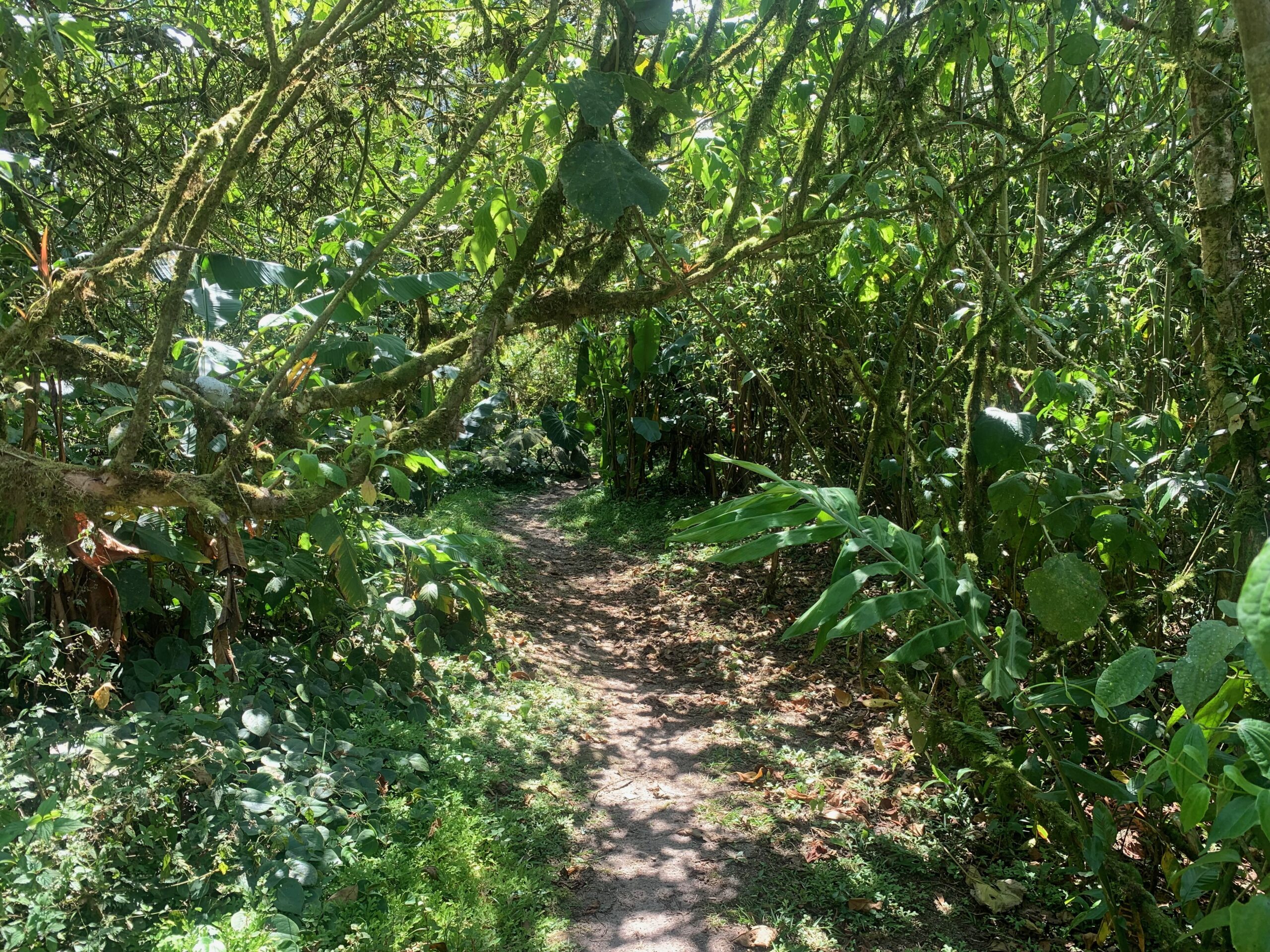
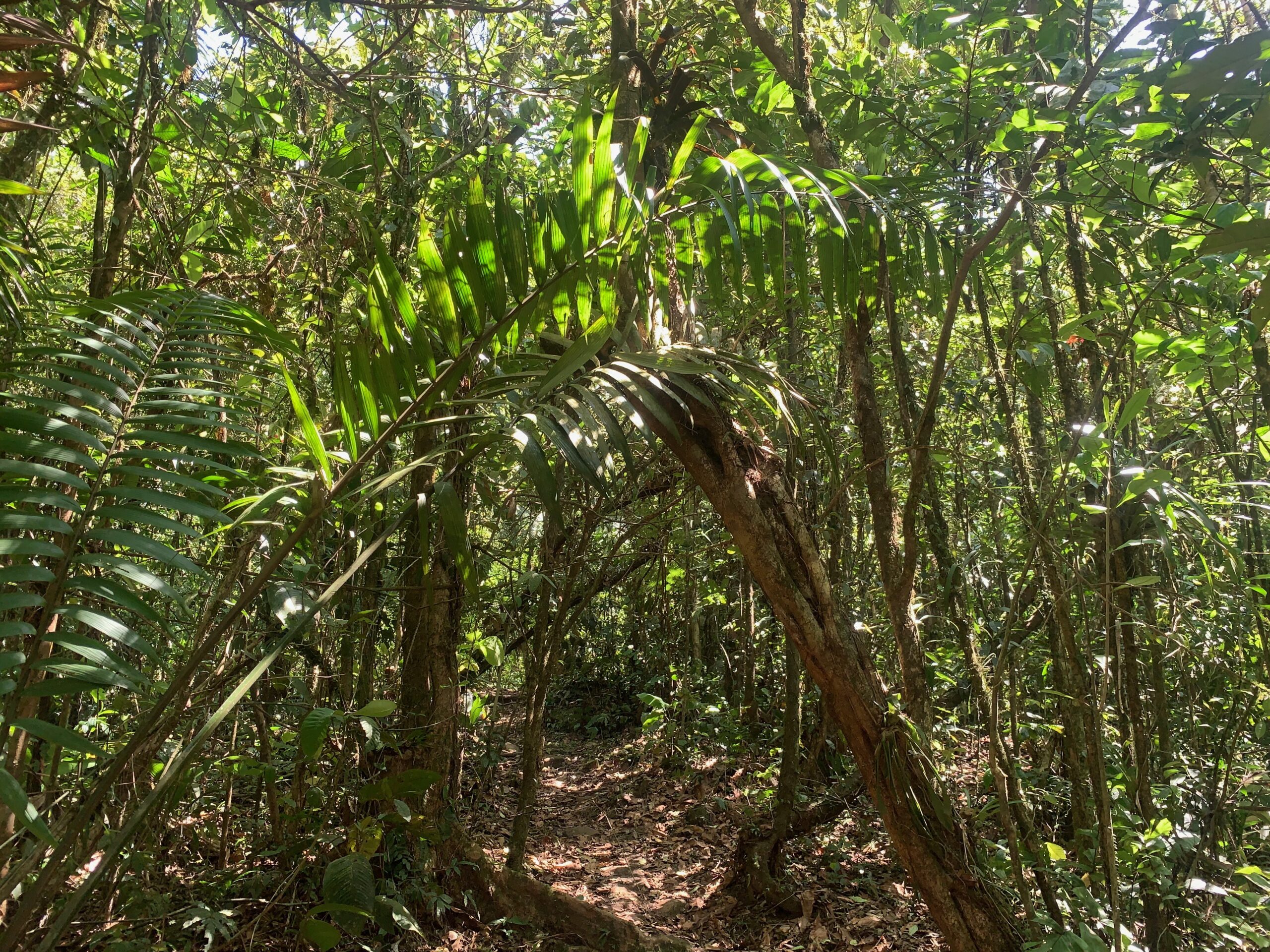
Panama is home to the largest concentration of rain forest in the western hemisphere outside Brazil. And when you are in it, it is astonishingly dense. I don’t think many people could slash their way through for any distance. The vegetation is entangled in itself and everything is so much larger — fern fronds, for instance, looked like they were six to eight feet long, whereas back home they might be a single foot. And the trees grow tall, very tall, as they battle with each other to reach the sunlight. That has the pleasant side effect of throwing dappled light onto the trail. As it rises up the mountain, the air cools and a welcome breeze arrives.
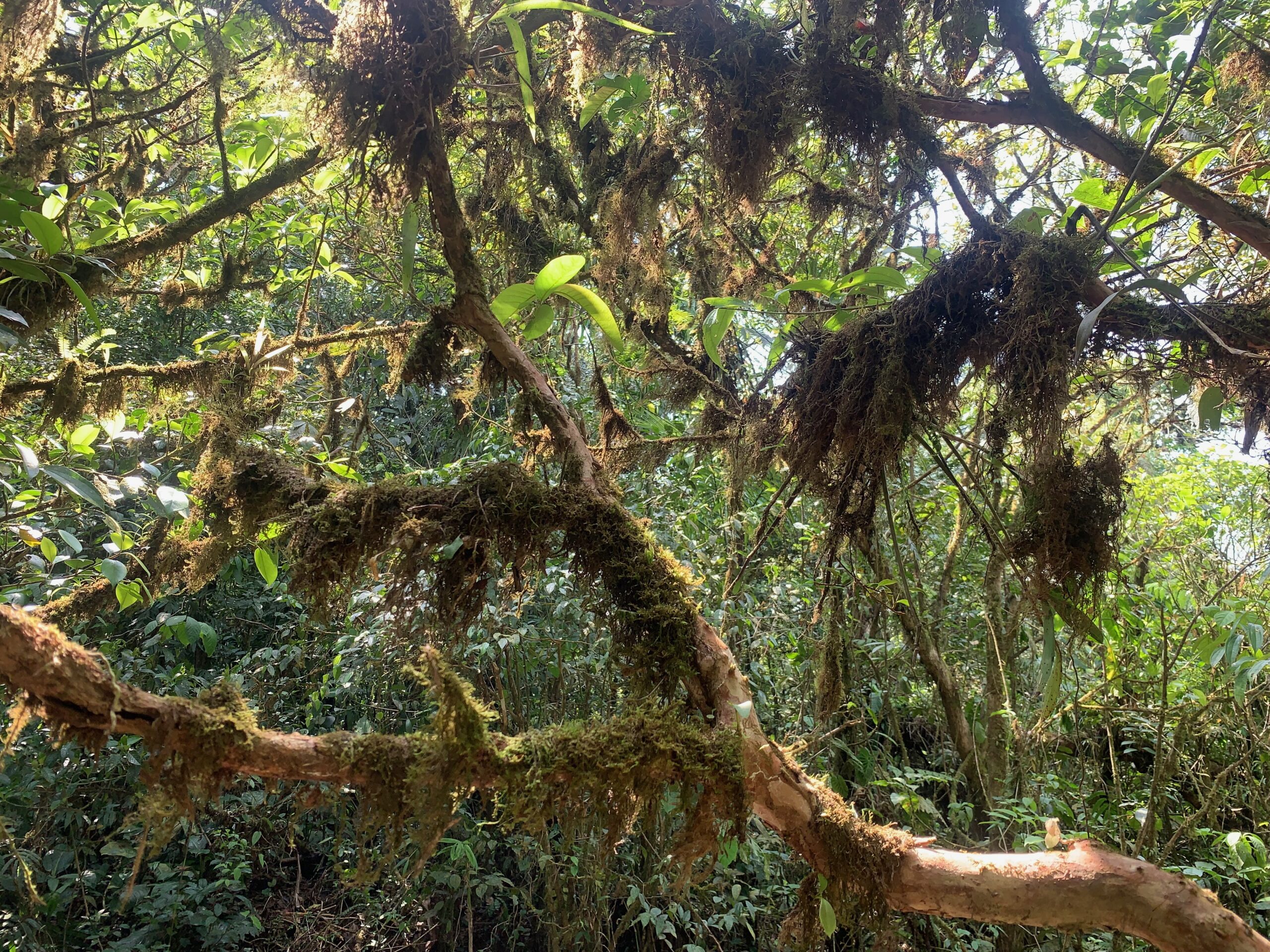
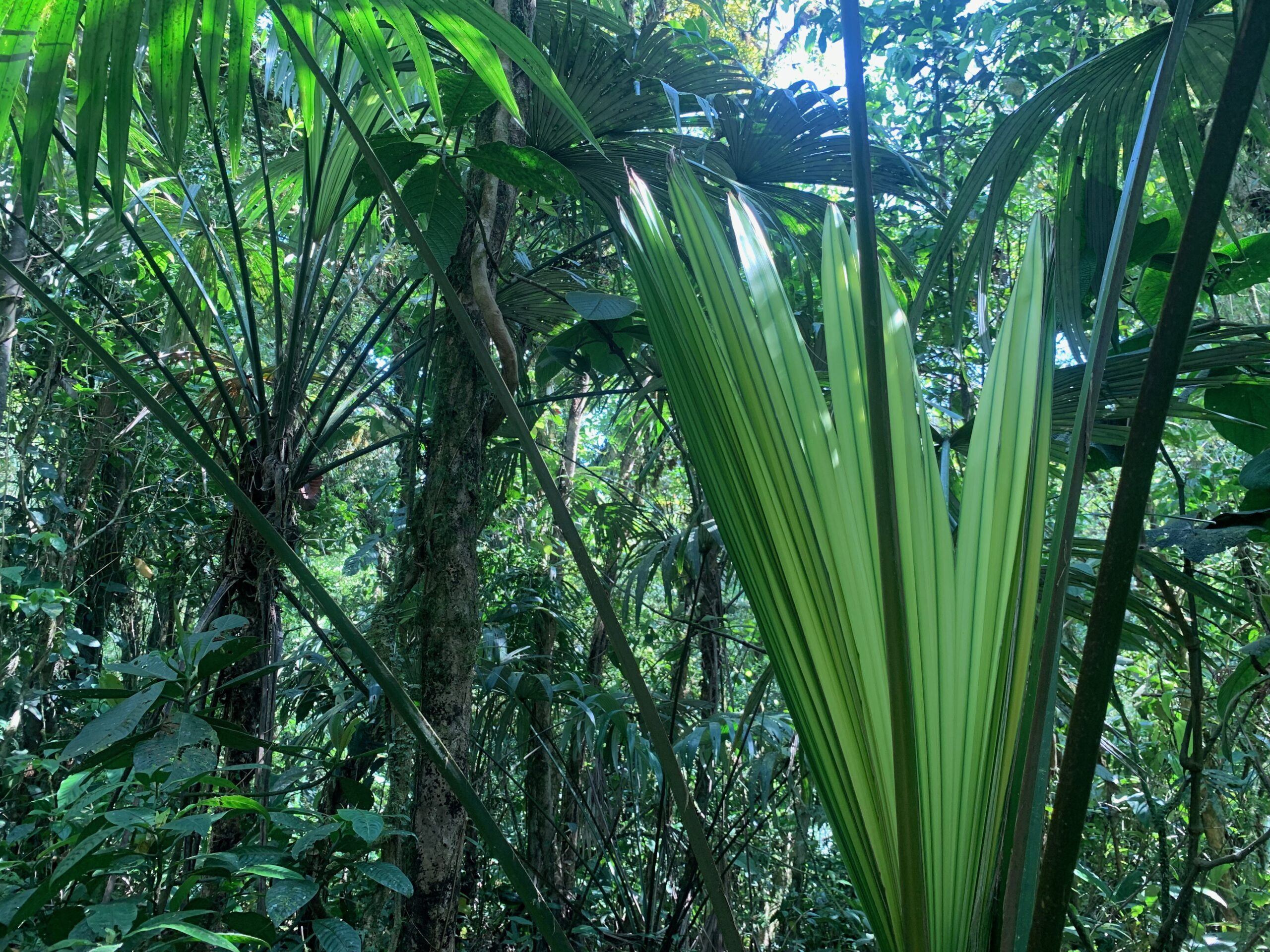
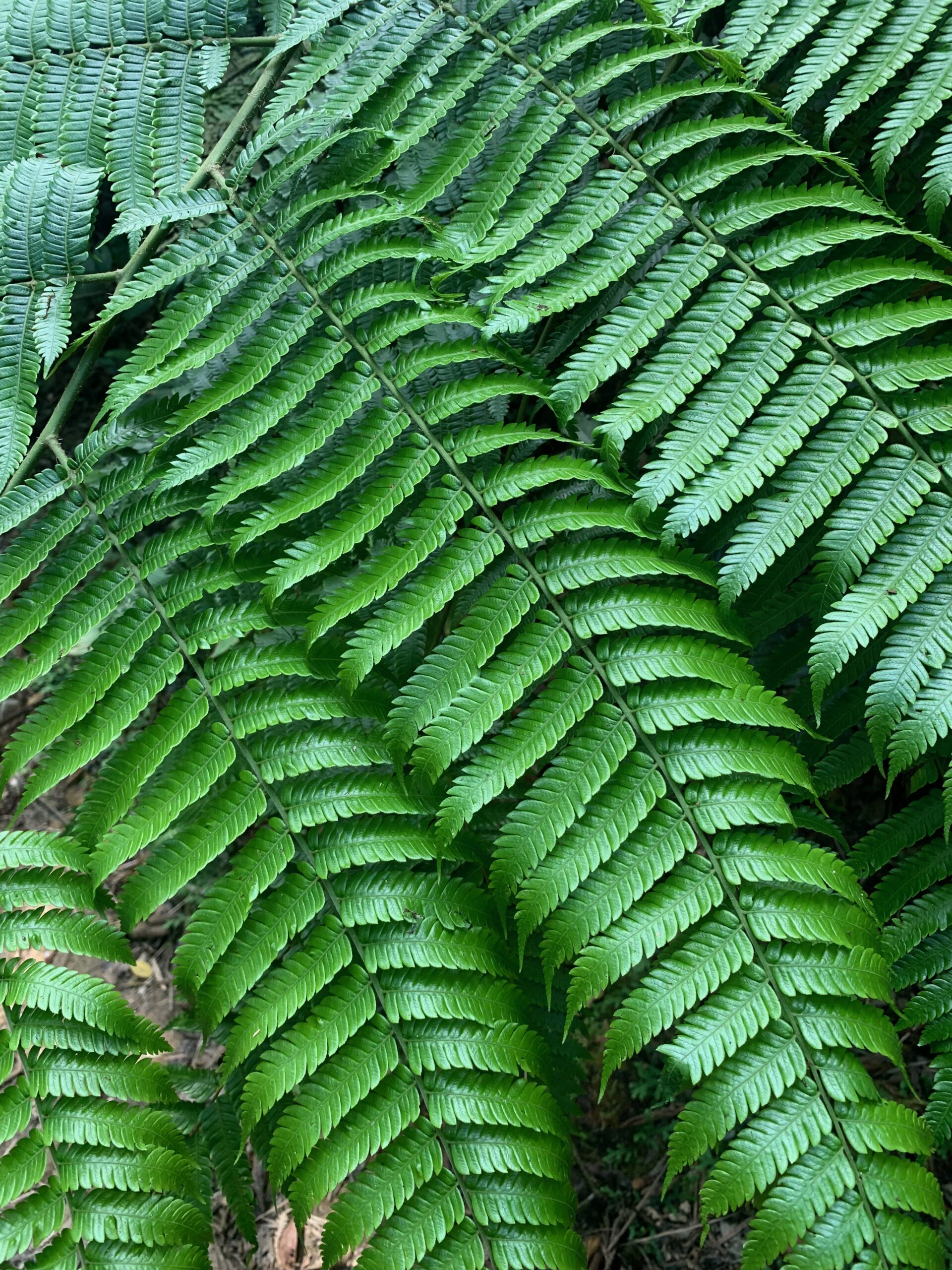
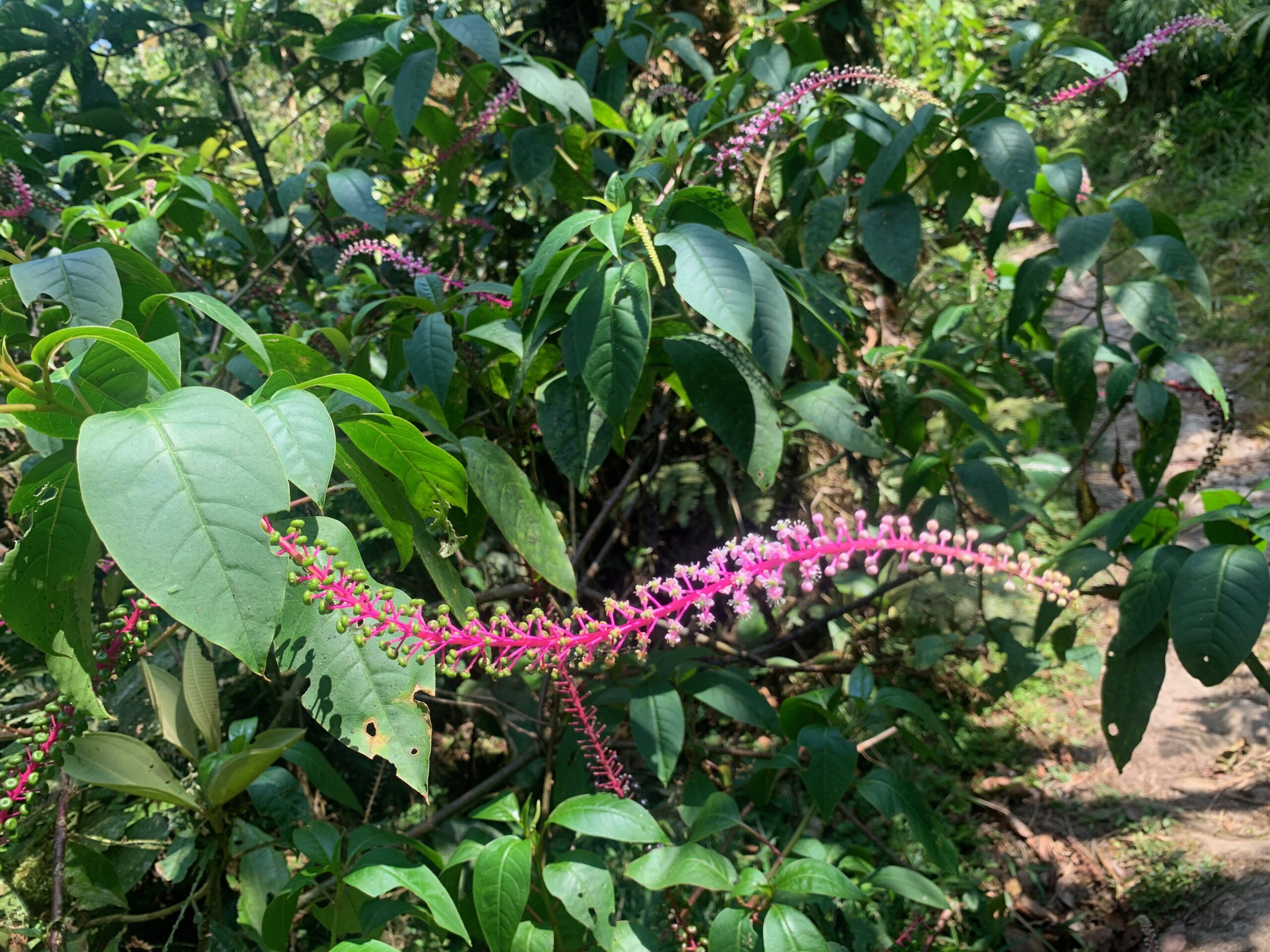
The mountain is only a little over 1,100m high but walkers are advised not to attempt the final few hundred meters without a guide and special equipment. The path apparently treads a ridge, an apex of the former crater with steep falls on either side. At the advised cut-off point, there is a mirador — a viewing platform. Standing, in effect, on the rim of the former crater, you get a great sense of the scale of the vanished volcano and, of course, there are great panoramic views down to El Valle on the plain below.
There is also a great view across the top of the forest. The canopy looks solid enough to walk across and the sides of the crater are covered in vegetation so dense it looks like an oversized, floppy woolie jumper has been draped over them. I heard lots of rustling in the undergrowth but saw nothing, save for a fleeting glance of a hummingbird and a line of ants, trooping across the path, each one carrying a shaving of a leaf, tiny but a lot larger than the carrier.
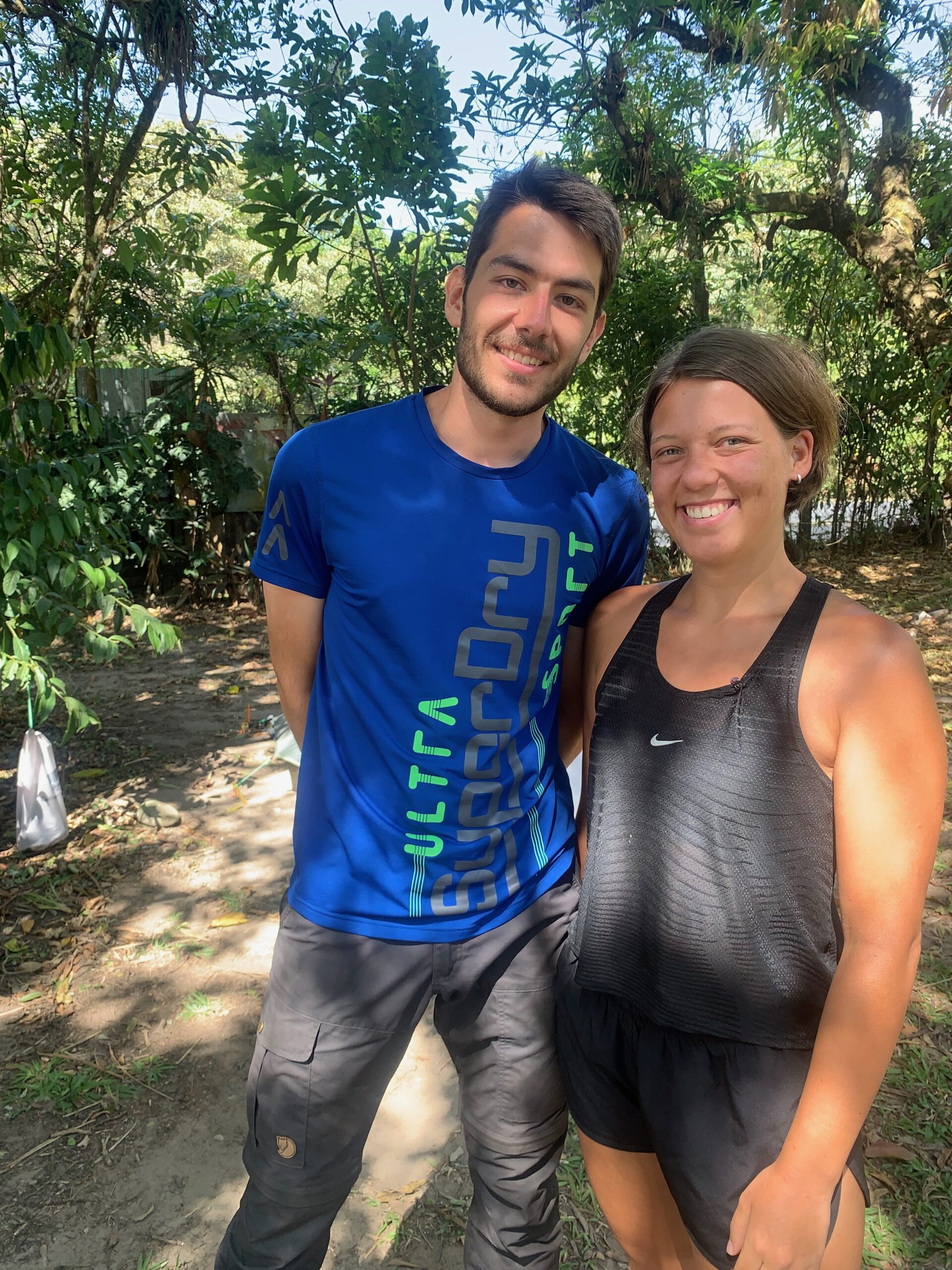
Back at the hostel, I got to know two exceptionally nice young Germans, Friederike (24) and Lukas (23), two students from Saarland. She’s studying medicine, he engineering. On their first trip outside Europe, they had a great initial experience. On the way over, they got chatting to a man from Ecuador. Part of the conversation was about where they might stay when they arrived. The man immediately booked them into a $250 for the night hotel, with breakfast, as a present. No strings attached.
“I wrote him a letter,” said Friederike, “and if ever have a chance to do something like this, I will . . . He was just an incredible person.”
“Inspiring,” said Lukas.
Since then, they’ve had nothing but good luck — “with people and animals”, she said.
They went to Bocas del Toro, a beach and island hopping resort area on Panama’s north-west Caribbean coast, and saw monkeys several times — “like a whole family, a mother and children”, said Lukas.
In two days, they’re off to Panama City and then back to Germany. On Monday, he’ll be back at lectures. She’s hoping to take her rather large sporty Yamaha motorbike for a spin . . . After her first big foreign adventure, she says: “I am really into travel.”
First published by The Irish Times online, March 13th 2023.
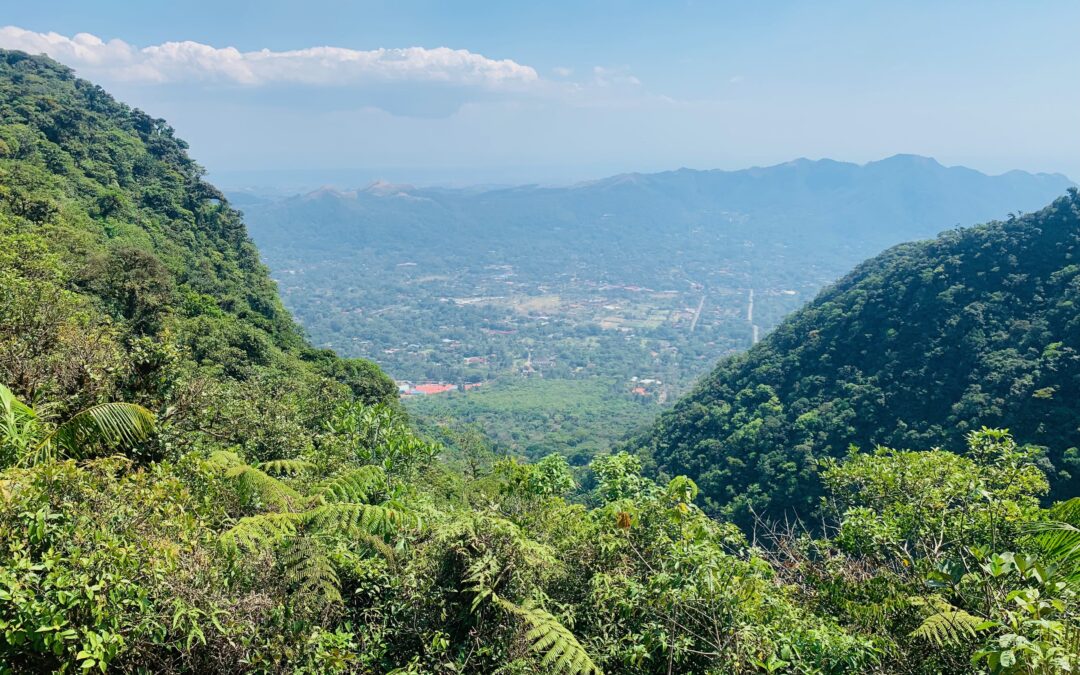
You are living my dreams.
Your comment reminds me of a nice quip from Bob Dylan, along the lines of “You can be in my dream if I can be in yours”. It is from Talkin’ Third World War Blues. Thanks for your comment and, yes, I’m certainly living my dreams! Best wishes ….